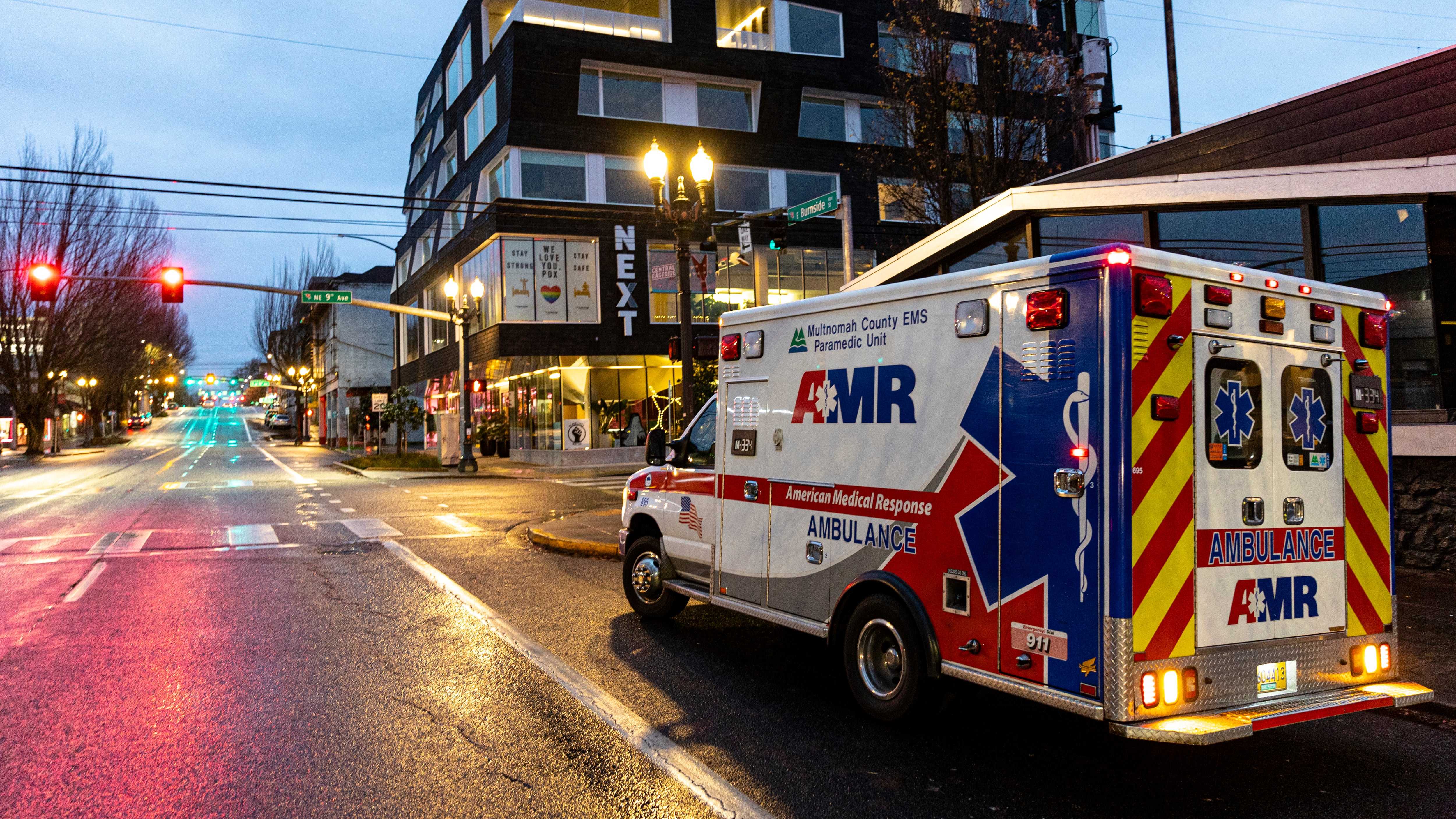Ambulances in Multnomah County are arriving later and later, a result officials blame on a lack of paramedics to staff them. The crisis has become so drastic in some cases that an ambulance simply isn’t available when dispatchers ask for it.
Beginning in January, after reviewing data that showed the number of late ambulances had skyrocketed, the county began tracking such calls.
Now WW has obtained a list of those calls, which the county refers to as “level 0 incidents.” There have been 5,063 such incidents between Jan. 17, when the county first began collecting the data, and May 9, when WW first asked for it.
There’s been around 10,000 calls for medical assistance per month, according to a county report analyzing data up to March. That means, by rough approximation, that ambulances have been unavailable more than 10% of the time this year.
In one instance documented by the county in February, the system became so backed up that dispatchers had 17 calls requesting medical help and no ambulances available to send out.
American Medical Response, which contracts with Multnomah County to provide ambulance services, says the problem is a lack of staffing. It says calls are up while applications for new paramedics are down by more than 50%. “We can’t have as many ambulances as we want to, because there’s not enough paramedics,” says Randy Lauer, AMR’s vice president of operations for the Northwest region.
The county has declined to penalize AMR, despite the fact its ambulances’ response times were out of compliance with its contract. In a statement to WW last month, county health officer operations manager Aaron Monnig said the delays weren’t AMR’s fault.
“The pandemic wasn’t in their control, nor was the subsequent national workforce shortage,” Monnig said. “We’re working on different projects to help the system provide the right care at the right time with the right providers.”
The county recently began dispatching “basic life support” ambulances with two EMTs instead of paramedics on board. (Paramedics are more highly trained than EMTs and can perform more advanced medical procedures.) But AMR says that’s not enough to deal with the current crisis, and wants the county to change its policy requiring that the rest of its ambulances be staffed with two paramedics at all times. It prefers a system similar to that in Washington and Clackamas counties, where ambulances are required to have only one paramedic.
“That’s a lot of data showing that there’s no difference in outcome between a dual paramedic and a paramedic/EMT system. We’ve provided those studies to the county,” Lauer says. “It’s just they’re not willing to do it.”
